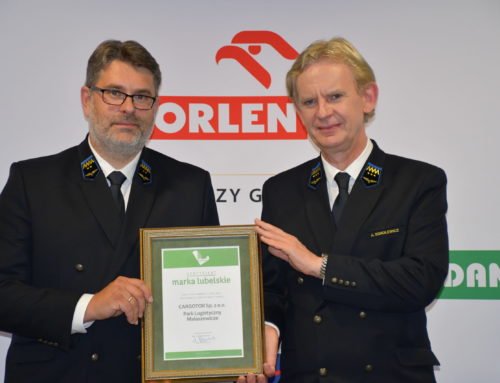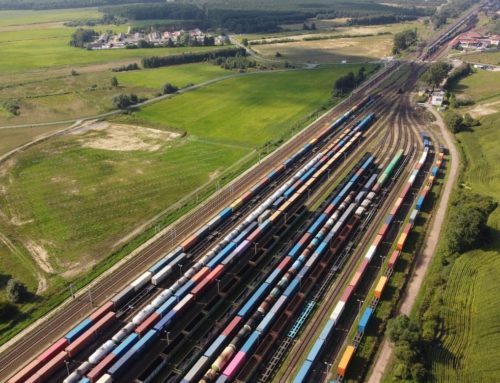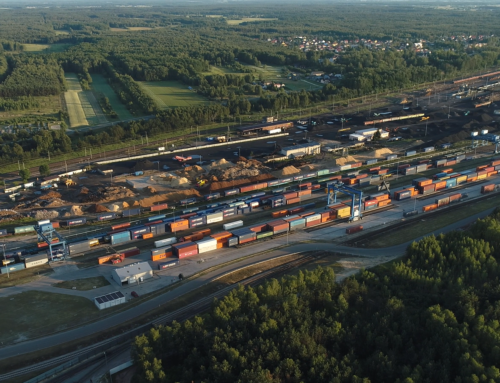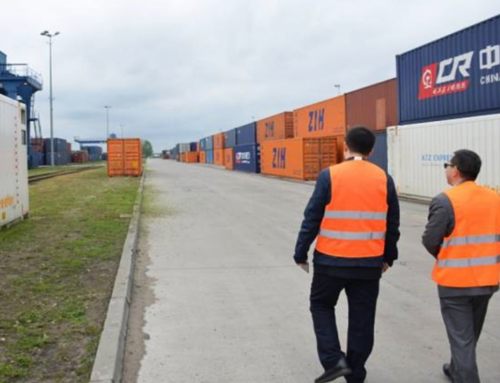Małaszewicze Cargo Terminal experiences an unprecedented traffic. In April this year, the optimum of the existing track system’s throughput capacity was reached. Working in high gear supports a thesis that following the modernization, the Terminal will become Europe’s largest and most important cargo hub and the main transshipment point of the New Silk Road.
In Full Swing
Transport at Małaszewicze Cargo Terminal has never been as intense as it is recently. In April this year, 379 pairs of cargo trains arrived at and departed from Kobylany using a broad-gauge track – 28,044 railway cars in total, of which 250 pairs were container trains, consisting of 14,582 cars. CARGOTOR keeps recording bumper volumes of the cargo mass transported by rail. In April this year, the throughput of 15 pairs of trains was achieved several times, which translates into the maximum utilisation of the existing 1520 mm track system. Currently, up to 40 pairs of trains pass through Małaszewicze Terminal each day on both broad-gauge and standard gauge rails.
In March this year, there were 377 pairs of trains on the broad-gauge track – 27,266 railway cars in total. For comparison, 335 pairs of cargo trains – 25,682 cars – were recorded in the same month of 2019.
Małaszewicze on the New Silk Road
With the growing intensity of the cargo traffic between Asia and Europe, its smooth flow is becoming a matter of great importance. The process will be facilitated by the New Silk Road and Małaszewicze Logistic Park should be its heart. Even now, Małaszewicze Terminal is one of Europe’s most important transport centres. The expansion will strengthen its global significance. Małaszewicze may become the most modern transshipment hub in Europe, covering 30 km2 of land and playing a key role in the intermodal transport between Asia and the Old Continent.








